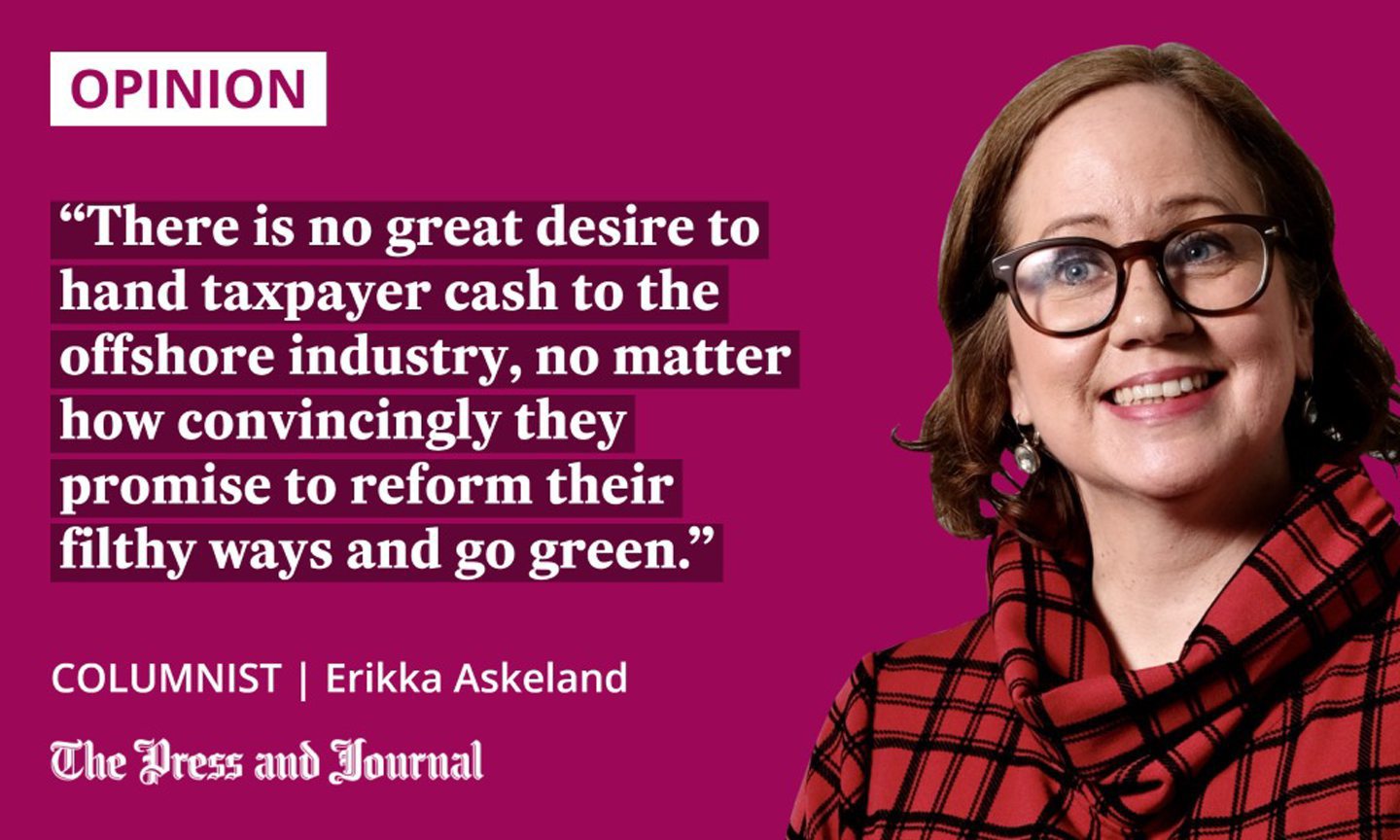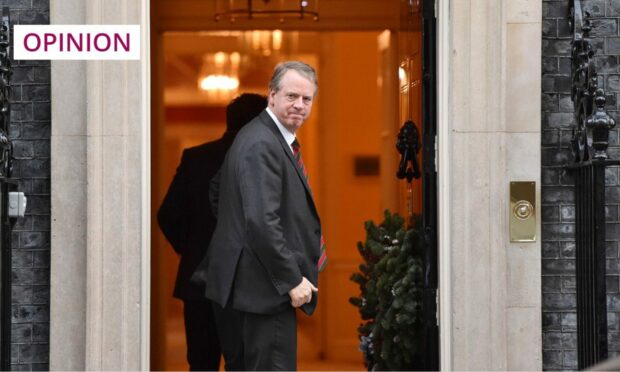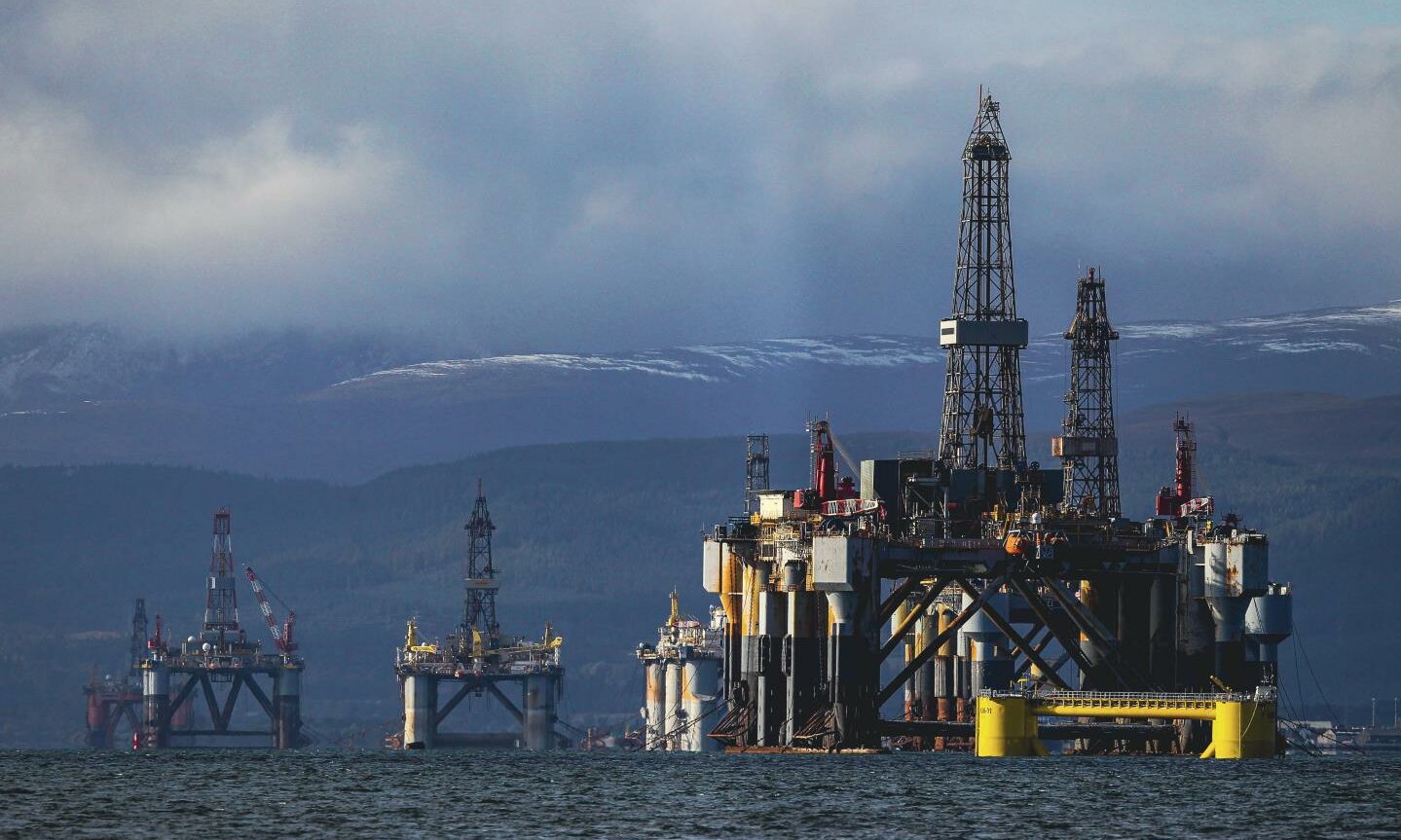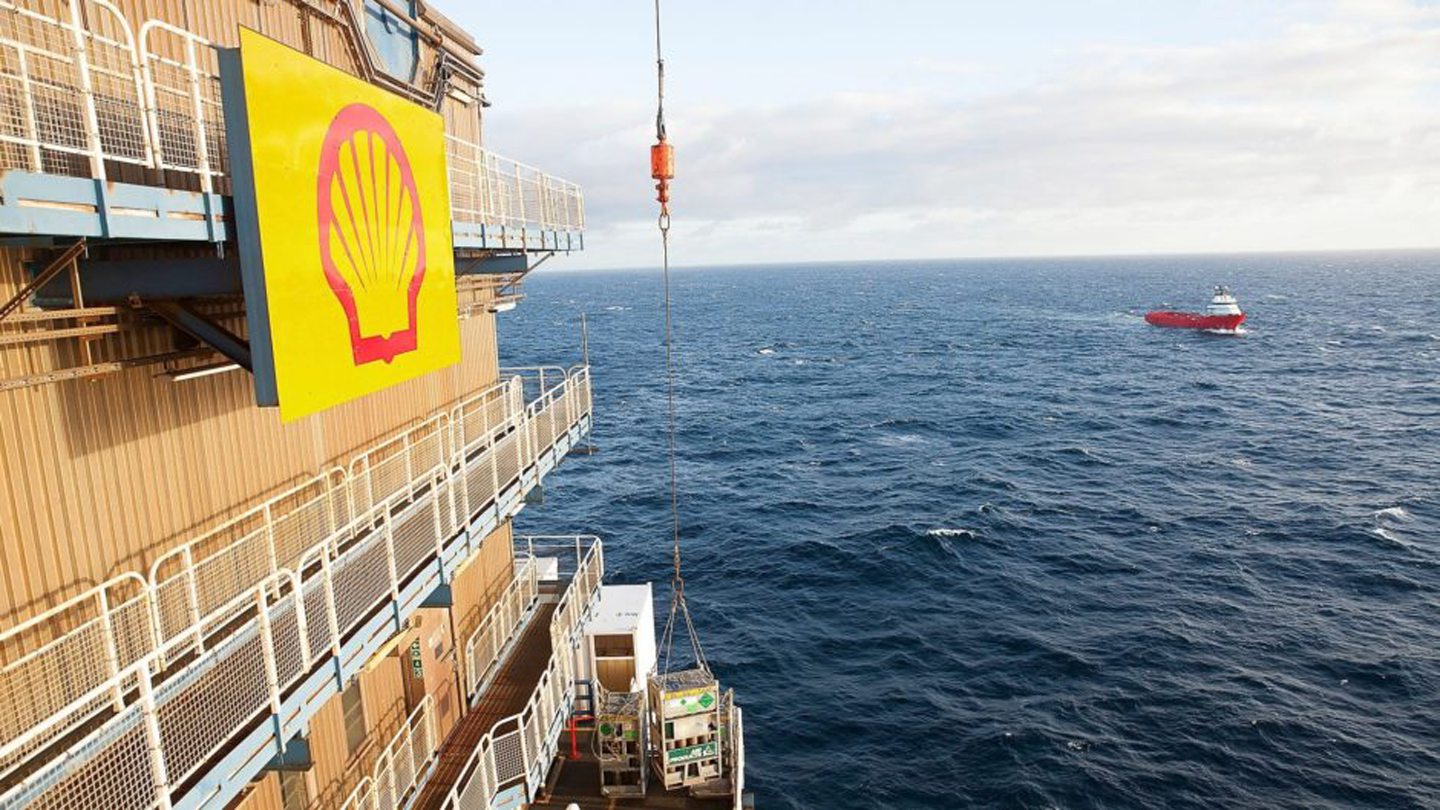The UK Government may promise to do the north-east of Scotland proud, but evidence suggests it’s a fib, writes Press and Journal business editor, Erikka Askeland.
Inevitably, there was disappointment at what must have been the longest drawn-out competition for a government investment decision, where it was a mostly a foregone conclusion the north-east would lose out. Again.
It was pretty much assumed that Aberdeen and Peterhead’s joint bid to land one of two Scottish green freeports had ended in failure months before the UK Government eventually admitted it, and crushed the trembling hopes of its supporters like a bug.
Yet, despite the snub, Scottish Secretary Alister Jack recently wrote in this publication that the “UK Government is right behind the north-east”.

Strenuous argument from the likes of Sir Ian Wood and the Aberdeen and Grampian Chamber of Commerce was that a green freeport was absolutely essential to ensure the area is able to move beyond the approaching death of North Sea oil to become the “net zero energy capital”.
Then, as if to heap insult onto injury, allocation of “levelling up” cash swerved Aberdeen’s beach regeneration plan, with the bulk of Rishi Sunak’s largesse being hoarded in London and the south-east.
The £20 million for cultural facilities in Peterhead and Macduff from the levelling up pot will certainly be graciously accepted, but will it galvanise the economy like a freeport attracting national and international investors? Probably not.
Underwhelming backing hasn’t lived up to the hype
Our investigation into what went wrong for the north-east bid for a green freeport highlighted that the region’s biggest weakness is its strength – the north-east is a wealthy place in comparison to most areas of Scotland.
It is hard to imagine if you have been forced to go to foodbanks or turn off your heating because bills are too expensive, but the focus on the need to alleviate deprivation meant that the bid from the Clyde ticked more boxes than the north-east’s, placing Aberdeen and Peterhead a “distant fourth” in the race.
The reason – historically and now – that the north-east looks much richer is the oil and gas industry.
Given today’s environmental focus, handing taxpayer cash to a wealthy region still dominated by the production of hydrocarbons wouldn’t be a good look – and Alister Jack knows it.
So, instead, the Scottish secretary set out some of the old baubles the government has dangled in front of the region in the last few years.
There was the £27 million for the Energy Transition Zone, and the £125 million the UK Government threw into the Aberdeen City Region Deal in 2016, which fell a little short of the £3 billion that had been rumoured.
It was thought that, in the wake of the crushing blow of the loss of a green freeport, Acorn might finally be shifted up a gear, but spring has been floated as decision time
The welcome, if underwhelming, city region deal came hot on the heels of another spectacular disappointment – the £1 billion rug pulled out from underneath the first proposed carbon capture and storage (CCS) facility at Peterhead Power Station in 2015.
Today, there is another “shovel ready” CCS project in Peterhead – Acorn, which has been hopefully awaiting news of government support for so long that people are getting nervous.
It was thought that, in the wake of the crushing blow of the loss of a green freeport, Acorn might finally be shifted up a gear, but spring has been floated as decision time.
Oil and gas giants have been burned by government so won’t invest
The sad fact of the matter for the north-east is that, while many in Scotland believe the country should produce its own oil and gas rather than import it, there is no great desire to hand taxpayer cash to the offshore industry, no matter how convincingly they promise to reform their filthy ways and go green.
It’s even harder to get the public on board in a year where the likes of BP and Shell have made so much profit, even they are embarrassed.
Frankly, the oil majors are often their own worst enemies. Both Shell and Harbour Energy are investors in the Acorn CCS project; they could and should allocate a little more of their accidental profits to bring technology that could save the world a little closer – if only for the good PR it would bring.
But the oil supporters are probably right about one thing; punitive windfall taxes will make oil and gas giants less likely to invest in projects such as Acorn, not more.
Harbour Energy, although it recently affirmed its planned involvement in Acorn, has said in no uncertain terms that the extra tax it has been forced to pay means the company will cut jobs and investment.
Bosses still admitted to having £1.7 billion of “free cash flow” sloshing around the Harbour Energy bank account after paying out to the taxman and shareholders, following a record year in 2022. So, it’s a little hard to feel sympathy.
As for jobs and the north-east economy? Looks like it’s back to the drawing board.
Erikka Askeland is Head of Business for The Press and Journal



Conversation